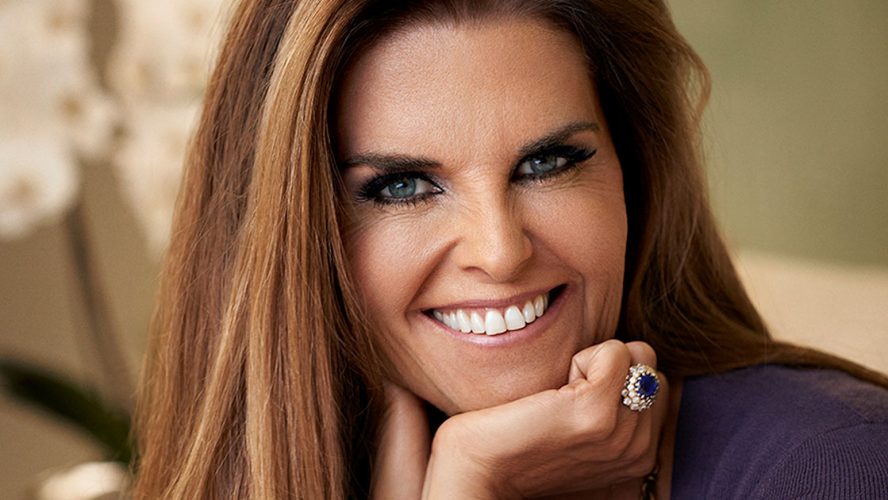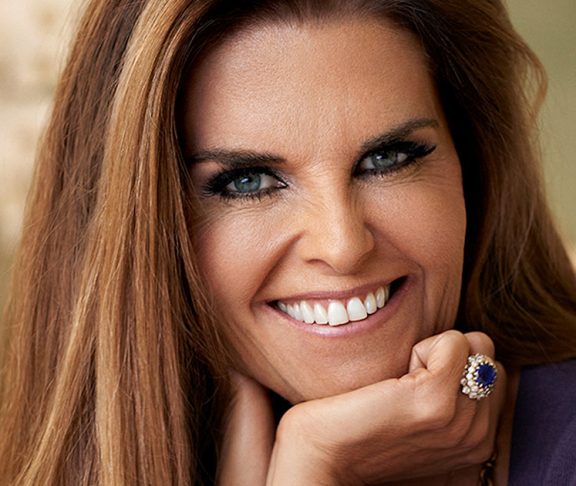One of the most difficult experiences in life is losing a loved one and it is also one of the most difficult experiences to talk about. Not only can loss feel disorienting and hard to put into words, but grief can be a taboo subject.
Maria Shriver, the writer and former first lady of California, has made it her mission to normalize the difficult process and to shed light on the many forms grief can take.
“We’re always going through some sort of grief process,” Shriver said. “I don’t think it’s necessarily ‘Oh, I had this grief process and now that’s over.’ I think any time you’re letting go of something — whether it’s an animal, a job, a parent, a person, a marriage, a relationship — all of these things involve grief.”
Many forms
Grief can manifest in different ways and Shriver encourages people not to minimize their grief because they’re afraid it will seem trivial to others.
“Some people grieve more over the death of an animal or a pet than perhaps a sibling or a parent,” she said. “But their relationship with that animal might be more intense than their relationship with a person.”
We often only associate grief with death, but Shriver hopes to broaden the conversation to include all kinds of loss, listing “the death of belief, the death of an identity, the death of a marriage.” Allowing yourself to grieve also opens up the possibility for joy.
“You can also celebrate and learn that after dying, there is life,” Shriver said. “After grief, there is hope.”
Writing about death
Shriver published her first book — a picture book titled “What’s Heaven?” — in 1999. The story of a young girl who lost her great grandmother has helped thousands of parents discuss death and grief with their children.
“People told me ‘Oh, that’s not going to be successful,’ because people don’t want to talk about death, grief, heaven,” Shriver said. “It went on to be a phenomenon.”
“What’s Heaven?” also helped adults tap into their own past experiences of grief.
“What people told me when they were reading ‘What’s Heaven?’ is that it brought stuff up for them as children, and that they could then talk to their kids,” Shriver said. “All of these things are parts of our life, and just because we’re grownups doesn’t mean that they don’t still linger or still have an impact.”
Shriver has since published several other books, many of them bestsellers. She also uses her platform to recognize people who work in hospice care.
Looking inward
When considering her own death, Shriver is practical.
“I’ve written letters to my children to read upon my death about what they meant to me,” she said. “I do make sure that I’m keeping myself organized so they don’t inherit a mess.”
Shriver recently wrote the introduction for the 15th anniversary of Elisabeth Kübler-Ross’s book “On Grief and Grieving: Finding the Meaning of Grief Through the Five Stages of Loss.” In it, Shriver writes, “there is a fear that if you start crying you are never going to be able to stop.”
That fear is what keeps many from reckoning with their grief.
“Everybody’s scared to die,” Shriver said, “and we’re all going to do it.”
Yet Shriver believes that facing such inevitability, difficult as it may be, can enrich one’s life.
“I think how we live, and how we die, and how we let go, and what we believe, it’s all part of the same cycle.”
Ross Elliot, [email protected]


